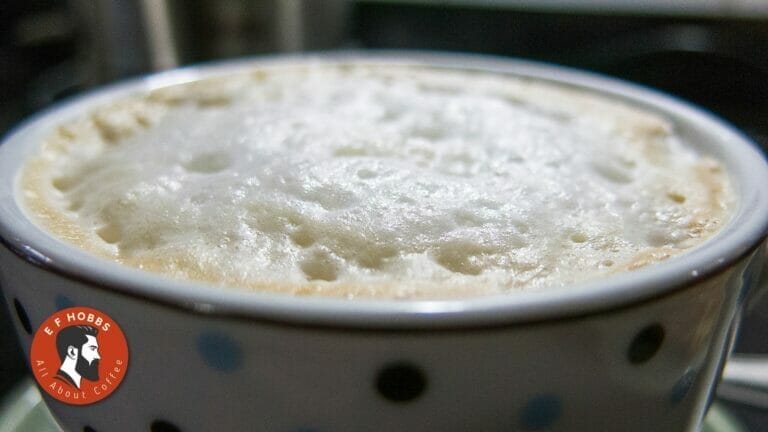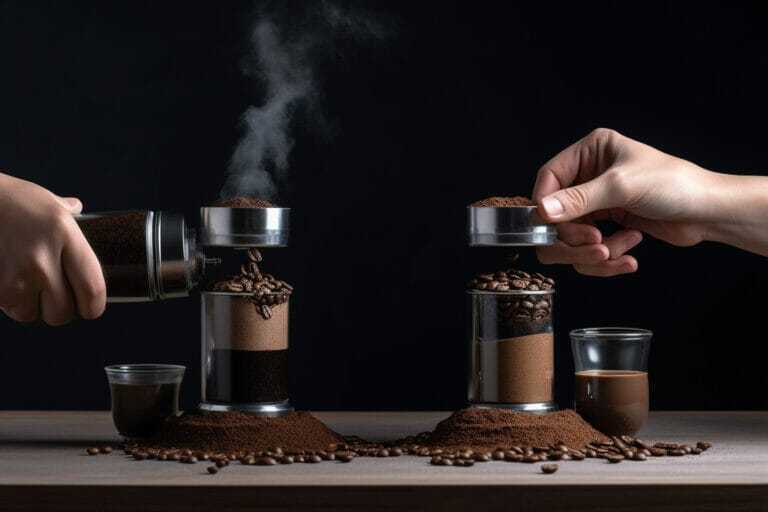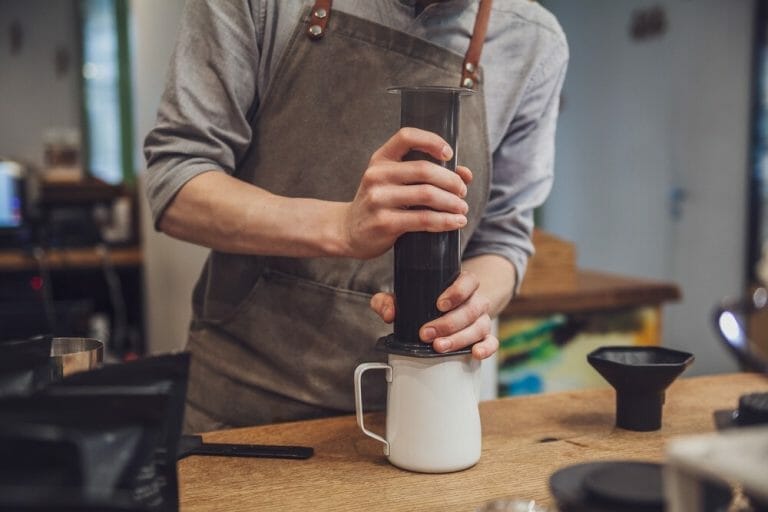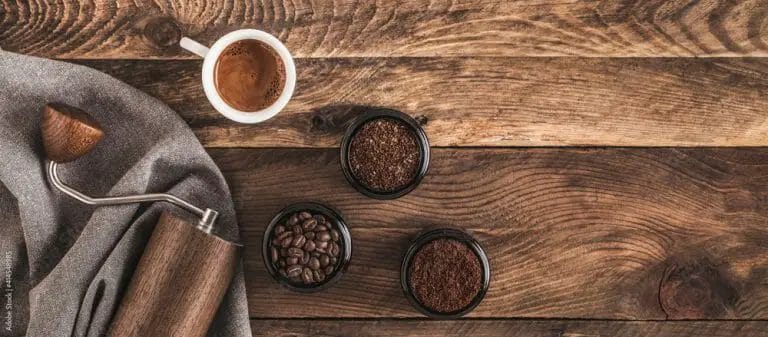Clr Coffee Pot Cleaning- – Is It Safe To Use In Coffee Maker?
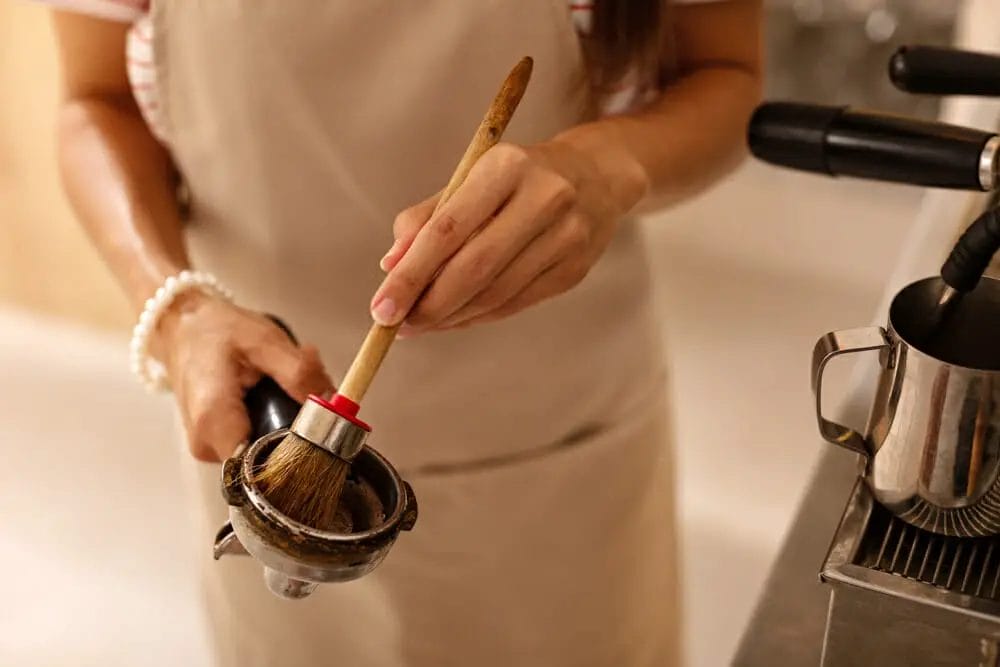
Is it safe to clean your coffee pot with a Clr coffee pot cleaner?
Is A CLR Coffee Pot Cleaner A Good Idea?
These are a few questions we often get from our readers and viewers. So today, we want to give you an idea of what a CLR coffee pot cleaner is and whether or not it’s a good idea to use it.
After hours of research, I realized that most people are unaware of the pros & cons of a CLR coffee pot cleaner. So here, you will get to know the answers to some of your questions.
Most Frequently Asked Questions About CLR Cleaning
What Does CLR Mean?
CLR stands for Calcium, Lime, and Rust. It is a product used in cleaning and maintaining things like appliances, sinks, tubs, and even kitchen tops.

It's an all-purpose cleaner that has been marketed since the early 1930s for cleaning purposes.
What Are The Ingredients Used In CLR?
CLR consists of various types of acids, enzymes, and abrasives. The ingredients are lactic acid, Propylene Glycol, and Hydrochloric Acid. The pH of the product ranges from 1 to 13 and is usually between 3 and 7.5.
Is CLR Safe To Clean Coffee Makers?
Before you start using CLR, it’s better to know when & where you cannot use CLR. For example, it is not safe to clean a few popular coffee brands such as Braun, Braun/Siemens, Cuisinart/Keurig, and Melitta.
These coffee makers contain stainless steel water tanks that are etched with materials like chrome and nickel.
These materials dissolve in high pH solutions and can cause permanent stains and corrosion to your coffee maker.
Before using it on your coffee maker, it's best to test if the cleaner will cause any stain or corrosion. Besides, these brands you can use CLR on are Drip, Krups, Melitta, Nescafe, Tassimo, and DeLonghi.
What Type Of CLR Brand Should Be Used For Your Coffee Machine?
Once you have determined that your coffee machine is compatible with CLR, you need to know which type of cleaner to use.
The reason for this is that most products contain different concentrations of acids and abrasives. Therefore, it’s good to use the mildest product so it will not cause any damage or ruin your machine. Also, some brands are formulated with surfactants which helps in the formation of limescale.
Acids are commonly found in most CLR cleaners nowadays. The acids are usually in the form of phosphoric, citric, or hydrochloric. The concentration of acid is generally between 4% to 8%.
Even though most brands are formulated to be safe, it’s always better to read the label before using it. In addition, the ingredients used in a CLR solution may vary from one brand to another. Just ensure that you use the mildest solution for your coffee machine.
How To Use CLR To Clean Your Coffee Maker?
Some people wonder about the most suitable time to use CLR to clean their coffee machine. Well, that’s up to you.
Some people like using it right after brewing their coffee which is around 4-5 minutes after finishing brewing. Others prefer using it before brewing their coffee.
The actual method of using CLR to clean your coffee machine depends on how dirty it is and the type of coffee maker you’re using.
What You Will Need:
- A coffee maker
- Clr cleaner
- Hot Clean Water
- Cotton Swab or Sponge
Actual Cleaning Procedure:
- Add some CLR cleaner to the water tank of your coffee maker.
- Put some water into the tank so that after scrubbing, you can run hot water & vinegar through the machine to rinse it thoroughly for an extra shine.
- Turn on the power switch and select your preferred temperature setting.
- Let it sit for 10-15 minutes to dissolve any built-up residue in the machine, which will create a white foam when it mixes with coffee oils & residue lying at the bottom of the tank.
- Turn off the coffee maker and turn it on again to flush the machine with refreshing cold water.
- Before brewing your coffee, remove all the used CLR from your coffee maker.
- Run two cycles of hot water with vinegar for an extra shine.
HOW DO I USE CLR TO CLEAN COFFEE POTS, PANS OR TEA KETTLES?
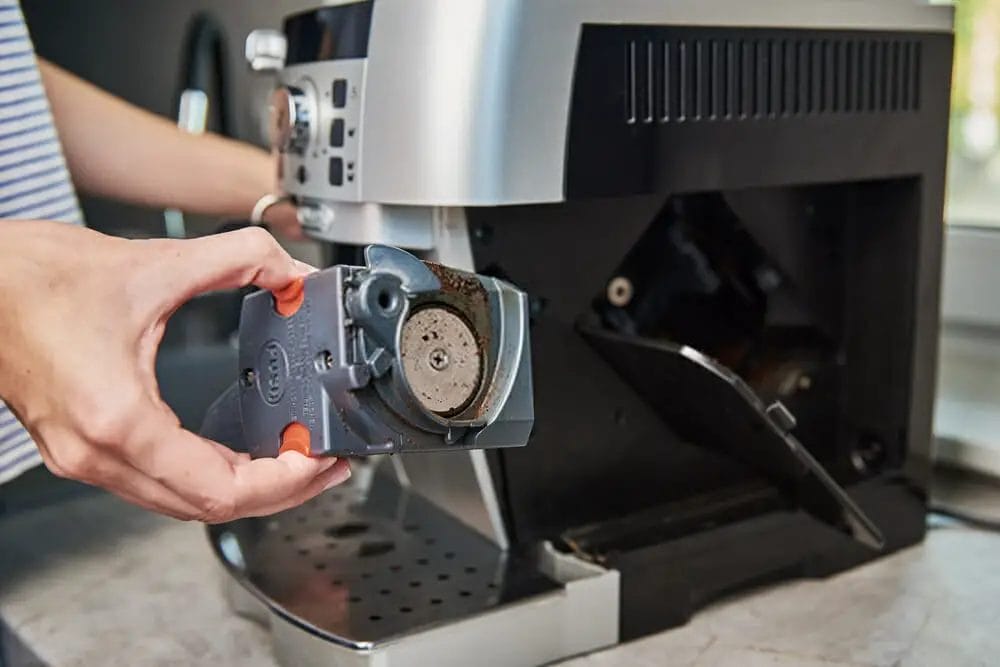
Pour enough CLR to cover your coffee pot or kettle base and let it soak for around 20-30 minutes. Next, discard the CLR, rinse it thoroughly with hot water, and then use a dishcloth to dry.
HOW DO I USE CLR TO CLEAN MY DISHWASHER?
Add 1/2 cup of CLR to your dishwasher, run a complete cycle using the hottest water setting available.
At the end of the process, fill your empty dishwasher with tepid water mixed with 1/2 cup vinegar and run through another entire cleaning cycle on the hottest setting available. It will clean and also deodorize your dishwasher.
Is CLR Better Than Vinegar For Cleaning Coffee Maker?
In terms of cleaning, CLR is the clear winner compared to vinegar. However, CLR can’t take away all stains and rust from your coffee maker. It only helps remove coffee oil, oils, food stains, and lime residue left in the coffee maker.
If you're worried about using CLR for cleaning your coffee machine, then you can use it with vinegar for extra shine after brewing your coffee. Both products will help keep your coffee maker shiny and clean in between each brew.
If you want to clean your coffee maker with vinegar, you need to mix a cup of white vinegar and water. First, you should combine both thoroughly.
Then, run hot water through your coffee maker with CLR, followed by running vinegar through the machine once again.
Is CLR Poisonous Or Toxic To Humans?
Looking at the ingredients used in a CLR cleaner, it’s not poisonous to humans. However, if swallowed, you may want to contact a poison control centre.
Although there is no direct evidence of it causing harm to humans, never ingest the product and don't let your children or pets come in contact with it.
You can also take precautions by closing the container properly and avoiding spilling it on other items such as clothes and utensils. Thus, you are safe using it for cleaning your coffee maker.
Can I Leave CLR Overnight When Cleaning My Coffee Maker?
It depends on the type of product you’re using. For example, some cleaners are alkaline-based, which means you can throw them in your garbage can without worrying about making them toxic to humans, animals, and the environment. Others may not be safe to leave overnight, depending on their ingredients.
More prolonged exposure to alkaline ingredients can have adverse effects on our bodies. Thus, it is always better to read the label before using it.
Also, avoid ingesting this product as it can be poisonous or toxic to humans, animals, and the environment.
How To Remove CLR Smell From Coffee Maker?
When you are experiencing a weird smell coming from your coffee maker, it’s best to remove it as quickly as possible.
The explanation for this is simple. The scent will probably be coming from the CLR, which you've used to clean the machine.
If you have used CLR, try adding white vinegar into your coffee maker before brewing another pot of coffee.
It will also help eliminate the foul lingering smell of creams and lime residue that may have built up in your coffee maker.
Can I Pour CLR Down The Drain?
Yes, it’s entirely alright to pour CLR down the drain. Go ahead and run hot water through your coffee maker with CLR, followed by pouring some vinegar.
It will help remove any built-up residue in the machine-like any oils, cream residue, and lime residue.
Does CLR Kill Bacteria And Mold?
If you are using CLR to clean your coffee maker, it can kill bacteria and mould. However, if you are using it for the first time, let it sit overnight before brewing your coffee.
It is because CLR helps remove all lime residue left in the coffee maker after brewing your coffee. In addition, it helps remove creams and oils left on the machine.
Thus, running some water will help rinse any grime while keeping the device free of bacteria and mould.
What Works Better CLR Or Lime Away?
There are various brands of CLR available in the market that vary in their formulation. Some are more effective than others. Thus, it is best to select the mildest CLR product on your needs before using it.
It means that if you're looking for a product that works fast, you should go with lime away as it will take less time to clean than CLR.
However, if you’re not sure which CLR product to use, go for one with a higher alkali concentration. More alkali means more effectiveness in ridding your coffee machine.
If you're looking for a product that works in a shorter time, then choose one with less alkali in it. It will help clean the machine in less time and produce less foaming action when using it.
Another thing to consider when choosing a CLR is the concentration of alkali. In general, CLR with a concentration of 8% or more alkali is suitable for cleaning your coffee maker. It is because it has even more powerful acidity.
In addition to this, you can also opt for a CLR that contains a few other beneficial ingredients, such as a bleaching agent that removes stains and rust from your coffee maker. Hence, you can use it to prevent lime build-up in your coffee maker.
What Is A Safer Alternative To CLR?

As mentioned earlier, CLR is a safe and effective way to clean your coffee maker. It’s one of the best ways to ensure that your coffee tastes good when you brew it.
However, if you are worried about using this product to clean your coffee maker, you can opt for a safer alternative.
A safer alternative to CLR is baking soda, a natural carbonate-based bubbling agent that helps remove lime residue from your coffee machine. Thus, you can use it to remove lime residue that may have built up in your coffee maker after brewing it.
You don't need to worry about the smell of citrus fruits with this product. Instead, brew some coffee with it and enjoy the clean taste of coffee with no sour aftertaste.
Baking soda is also safe even if ingested. So, you don’t need to fear your health or the environment when using this product to clean your coffee maker.
Conclusion:
CLR is an excellent product to help you clean your coffee maker. It’s a safe and effective method to ensure that the machine is free from any lime residue or grime.
Many people have been using it for more than a decade with no side effects. However, you need to be careful about using it as it can leach harmful chemicals if misused.

